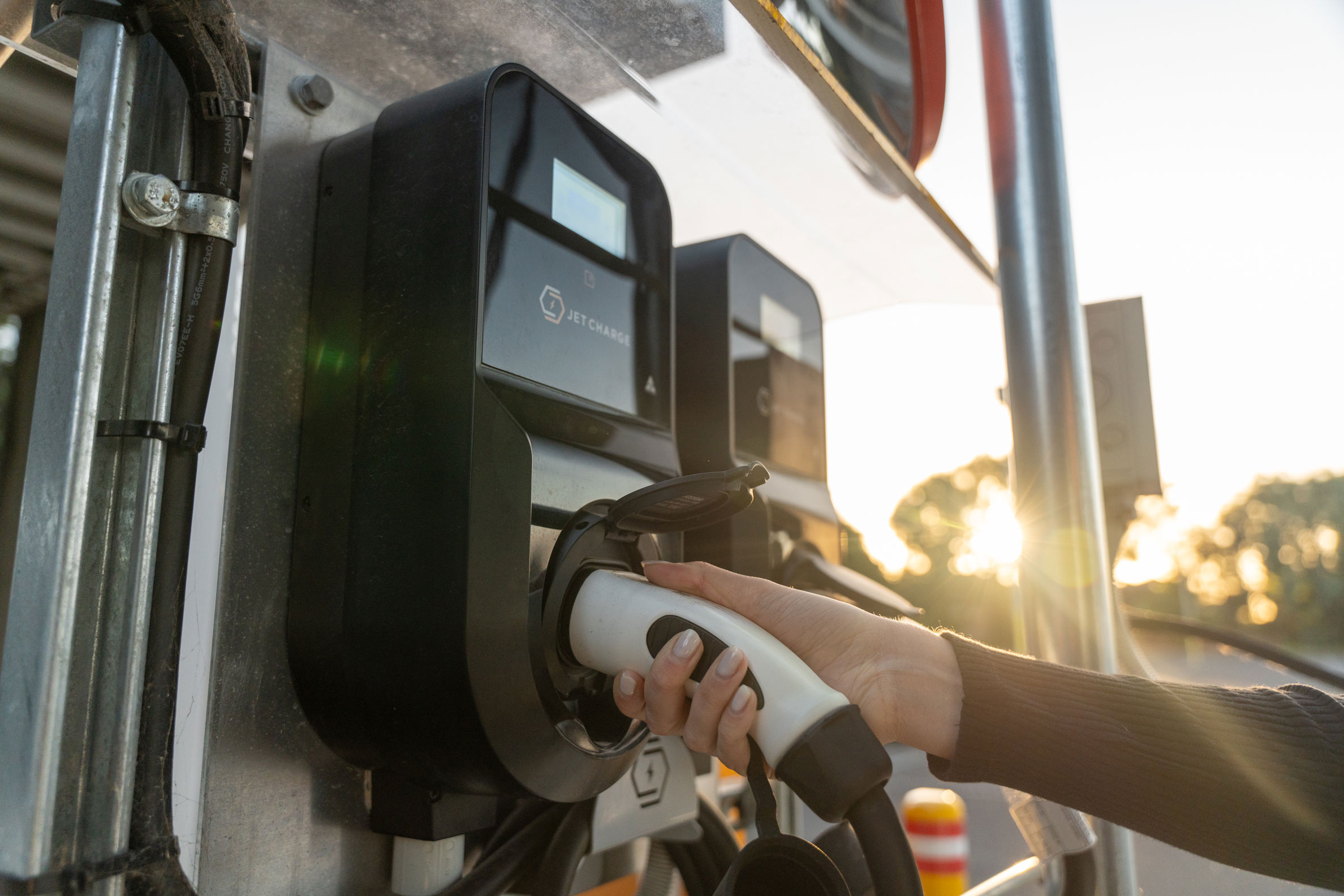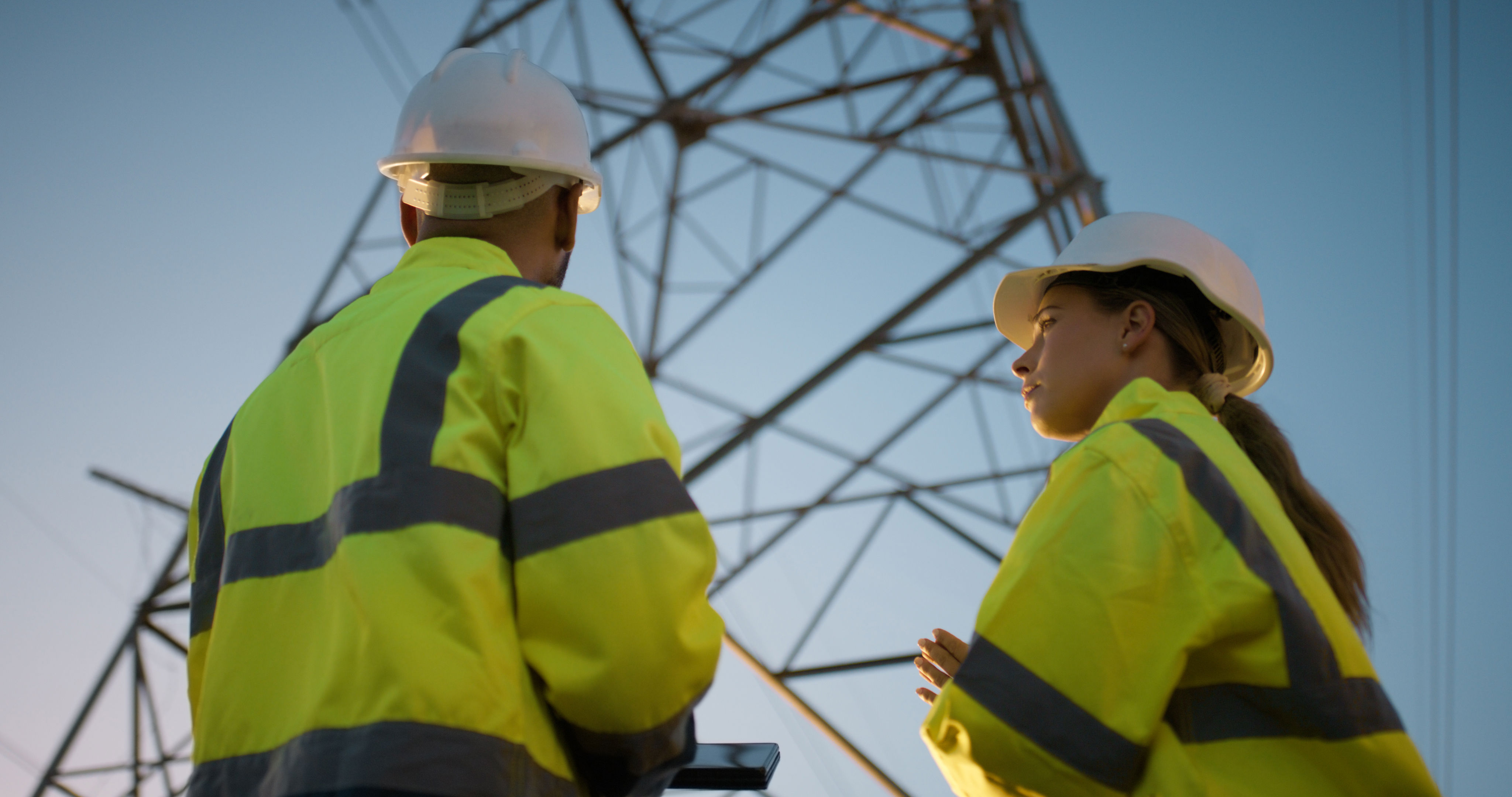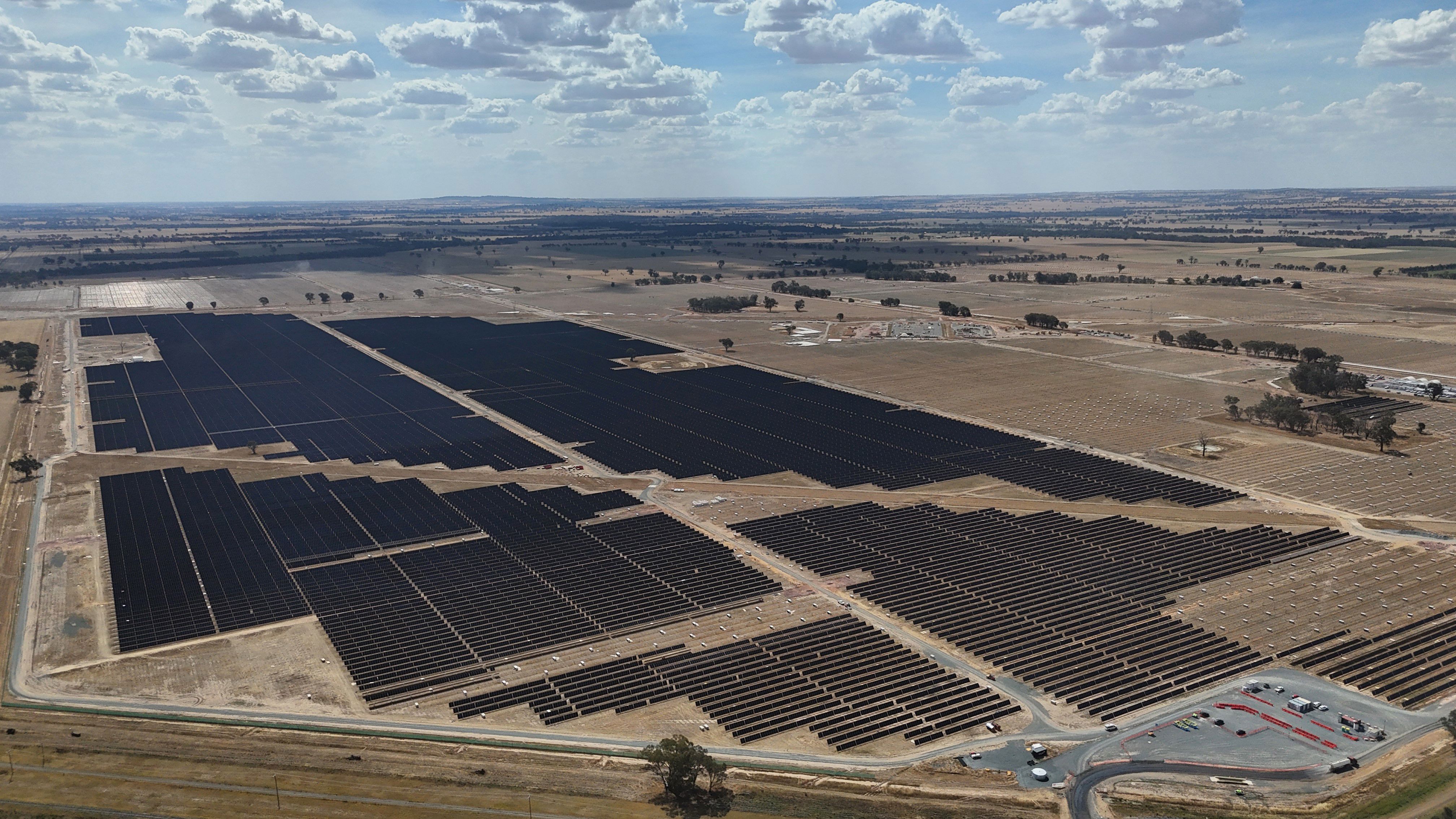Leading Australia’s energy transition: CEFC Annual Report 2023-24

28 October 2024
The CEFC Annual Report for the 2023-24 year was tabled in the Australian Parliament on 28 October 2024. The Annual Report provides a detailed update on CEFC progress and achievements, as well as the organisation’s strategic objectives. It is a key demonstration the CEFC commitment to sound corporate governance and transparency.
This year’s report, our most comprehensive to date, includes the first full year of reporting on each of the CEFC’s new investment funds: the $19 billion Rewiring the Nation (RTN) Fund, the $1 billion Household Energy Upgrades Fund™ (HEUF) and the $500 million Powering Australia Technology Fund (PATF). In depth discussion around the $9.5 billion CEFC General Portfolio is included, alongside an expended discussion around climate disclosures.
View the CEFC 2023-24 Annual Report online
Net zero ambition sharpens CEFC investment focus
The CEFC was established to drive investment in our clean energy transition, reflecting the essential role of both public and private sector capital in cutting emissions across our economy. This experience and sense of purpose drives the portfolio-wide CEFC investment approach.Steven Skala AOCEFC Chair
In his Chairman’s letter to the Annual Report, CEFC Chair Steven Skala AO noted:
“In the 2023–24 reporting year we evolved from an organisation with access to $10 billion in capital to one with $30.5 billion. This expanded scope and responsibility required significant organisational growth and operational change.
“I am pleased to report that this expansion facilitated the pace and scale of our investment commitments. Notwithstanding challenging global and national market conditions, we saw significant progress across all areas of our investment activity.
“In accommodating changes to the CEFC Act and Investment Mandate, the 2023–24 year saw the CEFC operate across distinct market segments, being firstly, our $9.5 billion General Portfolio; secondly, the $19 billion Rewiring the Nation (RTN) Fund; and thirdly, our four Specialised Investment Funds: the $1 billion Household Energy Upgrades Fund (HEUF), the $500 million Powering Australia Technology Fund (PATF), the $300 million Advancing Hydrogen Fund (AHF) and the $200 million Clean Energy Innovation Fund (CEIF).
“The commercial rigour of CEFC investments is reflected in the $5.2 billion received by it in lifetime repayments and returns from the private sector. This capital becomes available for re-investment upon receipt. Notably, since we began investing, each dollar of capital committed by the CEFC has attracted an additional $3.01 from other investors. In the reporting year each dollar committed by the CEFC has seen matching private commitment at $4.01.”
Mr Skala added: “Discussion about our energy transition often focuses on the scale of the investment. While the investment task is substantial, it is important to put the numbers in perspective. Infrastructure Australia notes that the $53 billion five-year utilities pipeline (including energy projects) is overshadowed by building and transport investments of $427 billion and $210 billion respectively.
“Grid transformation is not an end in itself. It is critical to Australia’s efforts to reach 82 per cent renewables by 2030 and achieve net zero emissions by 2050. To that end, the CEFC also expanded its renewable energy related portfolio in the reporting year, taking lifetime investments to $8.3 billion. This includes $3.6 billion in lifetime investments for large-scale solar and wind projects supporting an additional 5.9 GW of generating capacity, along with $406 million in lifetime commitments to support an additional 3.7 GWh of large-scale battery storage. In parallel, we maintained our economy wide focus, including market-leading commitments in natural capital, electric vehicles and climate tech.”
Investment opportunities to transform Australia
As a specialist investor on behalf of all Australians, CEFC teams remained steadfast in the pursuit of our purpose: to catalyse investment in clean energy and to contribute to our national net zero ambitions.Ian LearmonthCEFC CEO
In his CEO letter to the Annual Report, CEFC CEO Ian Learmonth noted:
“The 2023–24 year was one of contrast and contradiction for our clean energy transition. Investment opportunities were tempered by supply chain constraints; emissions progress countered by unprecedented climate events; global uncertainty contrasted with the relentless pace of technological advance.
“While challenging conditions moderated the scale and pace of new investment commitments, we again demonstrated the combined power of public and private capital to serve our national interests. To that end we saw CEFC capital bridge market gaps to spur investment where private capital was not available, or the available capital was at insufficient scale.
“I am proud to be able to report that the CEFC marked the 2023–24 year with landmark investment commitments. Our teams delivered the largest single transaction since we began investing, with a $490 million commitment to NSW EnergyCo to help transform our grid. We saw lifetime commitments to large-scale renewable energy top $4 billion, reflecting the absolutely essential role of clean energy in economy-wide carbon reduction. And a truly groundbreaking investment in the potential of natural capital and carbon sequestration promises to achieve as much as one million tonnes of abatement over the next decade.
“These investments all speak to the role of the CEFC in driving large-scale investment to deliver substantial returns with respect to emissions. This has never been the whole story for the CEFC, as we have shown again across the diversity of new commitments in 2023–34.
“We continue to provide substantial finance for energy efficiency, electric vehicles and the exciting climate tech sector, which saw us commit more than $30 million to Virescent Ventures for the creation of its new climate tech fund just after year end.”
Investment activity: 2023-24
Investment activity in the clean energy sector in the 2023–24 year was impacted by high interest rates, geopolitical uncertainty, disruptions to critical supply chains, and global competition for skilled labour.
These factors again highlighted the important role of the CEFC in leading investment to crowd in capital, accelerate delivery of low emissions ambitions and fill market gaps, including where private sector interest had slowed.
In 2023–24, the CEFC committed an additional $1.8 billion in capital across 24 new and 18 follow-on transactions. Together with co-investors, the total value of CEFC investment commitments contributed to $9.3 billion of clean energy opportunities in the 12 months.
Lifetime impact
CEFC lifetime commitments reached $14.5 billion to 30 June 2024, across more than 350 large-scale transactions.
Together with our co-investors, CEFC investment activity saw the total value of lifetime commitments reach $58.4 billion at 30 June 2024, reflecting a lifetime leverage of $3.01:$1.00 – representing the amount of additional capital the CEFC has been able to “crowd in” to help address the urgent emissions reduction task.
Energy transition and investment outlook
Investment trends are by their very nature cyclical, and we expect market activity to pick up in 2024–25, despite ongoing challenges including geopolitical turbulence, interest rates changes, cost inflation or supply chain disruption.Ian LearmonthCEFC CEO
Mr Learmonth also provided context for the role of the CEFC in Australia’s energy transition.
“The energy transition represents a seismic shift in the Australian and global economic environment, similar in scale and impact to the industrial revolution of the 19th century, the arrival of the car in the 20th century and the remarkable digital transformation of the 21st century. As with these earlier transitions, the considerable up-front investment task to achieve net zero emissions brings the very real promise of positive outcomes for our environment and our economy.
“Australia is uniquely placed to capture these benefits. Low-cost renewable energy on the planet’s sunniest continent can fill the fossil fuels gap and is the critical key to economy-wide decarbonisation.
“Important Australian Government policy measures, notably around transmission, the Capacity Investment Scheme (CIS), emissions standards and abatement, are improving both the investment and regulatory environment. Investor capital continues to preference low emissions opportunities, especially in view of enhanced disclosure requirements. These initiatives send important market signals to a broad range of investors such as ourselves.”




